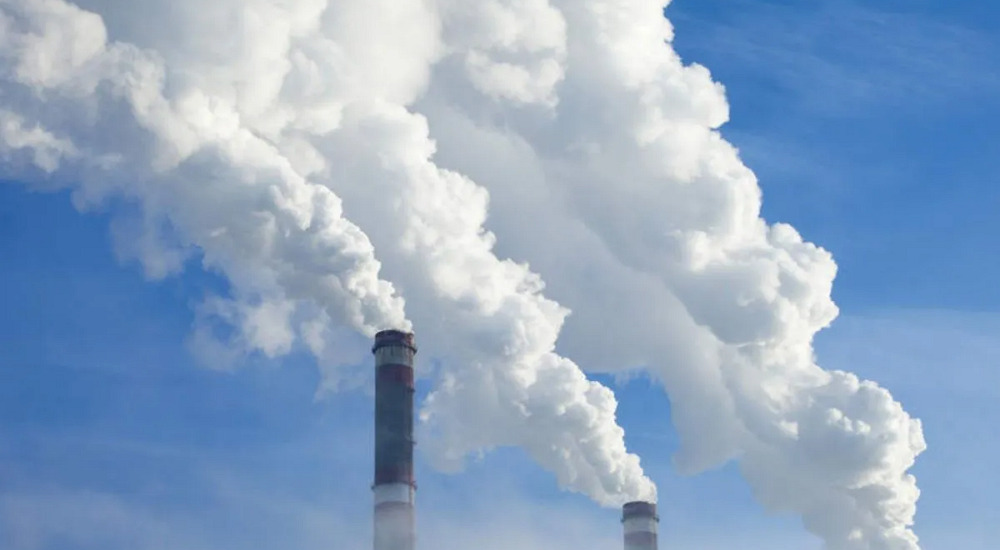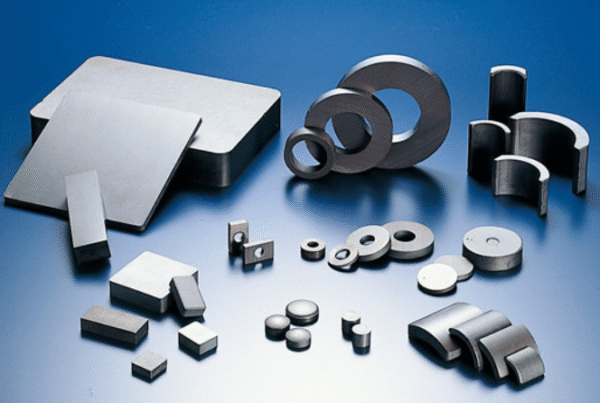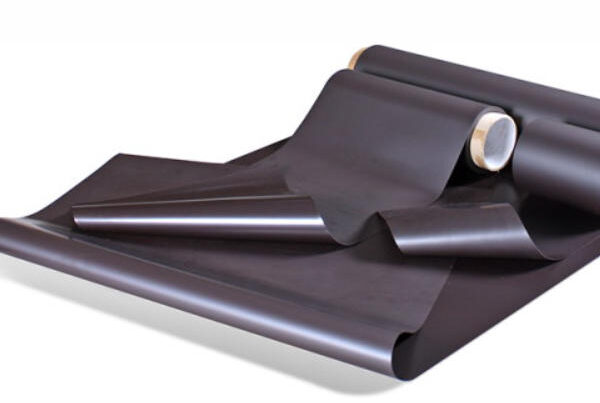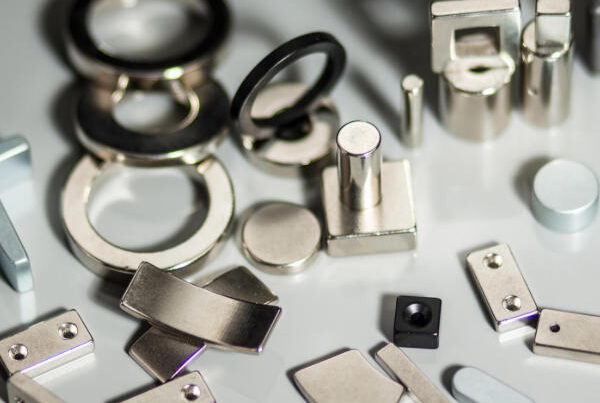Ímãs permanentes, Especialmente ímãs permanentes NDFEB com base em elementos de terras raras, são amplamente utilizados em veículos elétricos, geração de energia eólica, automação industrial e outros campos. No entanto, seu processo produtivo é acompanhado por muito consumo de energia e emissões de carbono, especialmente na mineração de minério, fundição, sinterização e outros links. Com o avanço do “duplo carbono” meta, cada vez mais empresas de manufatura começaram a explorar como reduzir a pegada de carbono no processo de produção de ímãs permanentes através de métodos de fabricação de baixo carbono.
Visão geral das emissões de carbono no processo de produção de ímãs permanentes
O processo tradicional de fabricação de ímãs permanentes inclui principalmente vários elos de alto consumo de energia, como fundição de metais de terras raras, fundição de liga, esmagamento, moldagem, sinterização e tratamento de superfície. Especialmente no processo de fundição de metais de terras raras, eletrólise de alta temperatura consome muita eletricidade, geralmente dominado pela energia movida a carvão, resultando em uma alta intensidade de emissão de carbono.
| Processo de fabricação | Emissões de carbono da fabricação tradicional (kg CO₂/tonelada de ímã permanente) | Potencial de melhoria na fabricação de baixo carbono |
| Fundição de minério de terras raras | 5200 | Usar energia limpa pode reduzir 40~60% |
| Fundição de liga | 2800 | A reciclagem de materiais de terras raras pode reduzir a fundição primária |
| Processo de sinterização | 3500 | A substituição de fornos a gás por fornos elétricos pode reduzir as emissões de carbono em 30% |
| Tratamento de superfície | 600 | Introdução de produtos químicos verdes para reduzir a poluição |
Como pode ser visto na tabela, as emissões de carbono de todo o processo de produção de ímãs permanentes podem ser tão altas quanto 12,000 kg de dióxido de carbono por tonelada de produto. Se forem adoptados meios técnicos de baixo carbono, como o uso de energia renovável, otimizando parâmetros de processo, e aumentando a reciclagem de materiais, espera-se que o nível de emissão de carbono seja significativamente reduzido.
Principais caminhos para a produção de baixo carbono
- Otimização da estrutura energética
A utilização de energia limpa, como a energia hidroeléctrica e a energia fotovoltaica, para substituir a energia tradicional alimentada a carvão é um meio directo de reduzir as emissões de carbono por unidade de consumo de energia.. Por exemplo, algumas empresas constroem estações de energia solar em bases de fundição de terras raras para alcançar “uso de eletricidade verde no local”.
- Atualização de economia de energia do processo
A aplicação de fornos elétricos de alta eficiência e sistemas inteligentes de controle de temperatura pode reduzir o desperdício de energia; e tecnologia de controle de sinterização refinada pode reduzir o tempo de aquecimento excessivo, reduzindo assim as emissões de carbono.
- Reciclagem e reutilização de materiais
Elementos de terras raras em motores sucateados e ímãs antigos são reciclados por meio de hidrometalurgia ou tecnologia de refusão a vácuo, que pode reduzir as emissões de carbono em mais de 50% em comparação com a mineração de novas minas.
- Sistema digital de fabricação e monitoramento de carbono
Apresentando uma plataforma de monitoramento de carbono e um sistema de fabricação inteligente para alcançar o rastreamento completo do processo de emissões de carbono e fornecer uma base para as empresas otimizarem suas decisões.
Resumo
Embora a aplicação da fabricação de baixo carbono na produção de ímãs permanentes ainda esteja em fase de otimização contínua, demonstrou um potencial significativo de redução de emissões em termos de substituição de energia limpa, introdução de processos de reciclagem e construção de sistemas inteligentes. Para empresas de manufatura, a implementação de iniciativas hipocarbónicas não só ajudará a fazer face a regulamentações ambientais cada vez mais rigorosas, mas também aumentar a competitividade da marca e estabelecer uma base sólida para o desenvolvimento sustentável.
Como fabricante líder global de materiais magnéticos permanentes de terras raras de alto desempenho, A JLMAG promove ativamente a transformação verde e de baixo carbono e está empenhada em liderar o desenvolvimento sustentável da indústria através da inovação tecnológica e da produção verde. Para mais informações, por favor visite nosso site [https://jlmag-innovation.com/]






